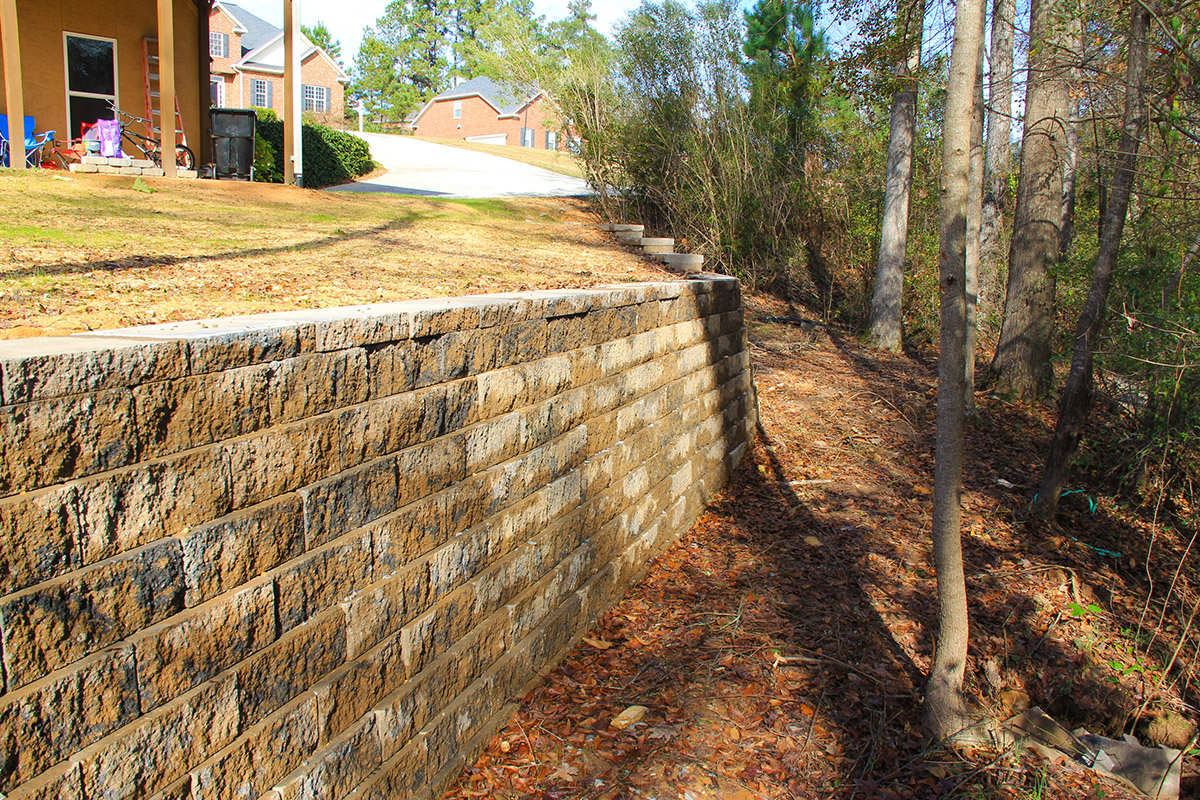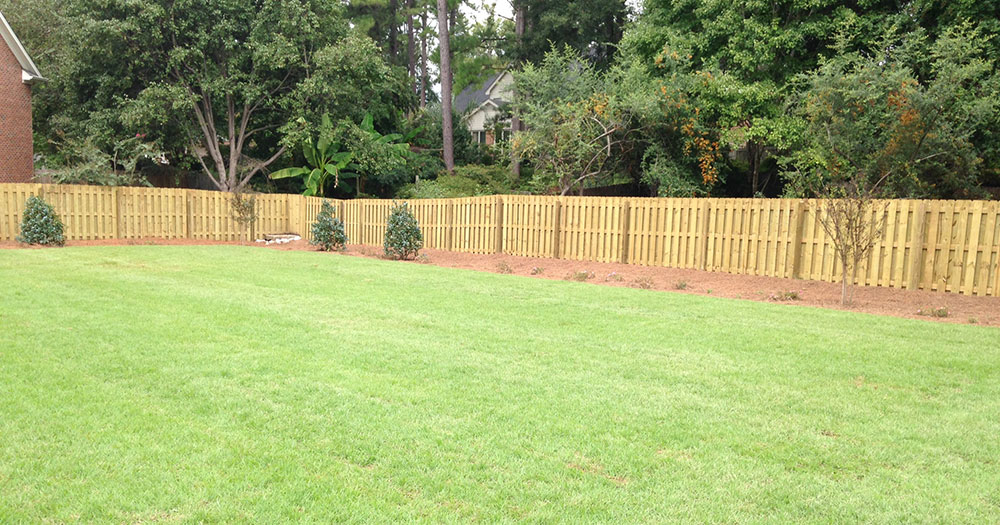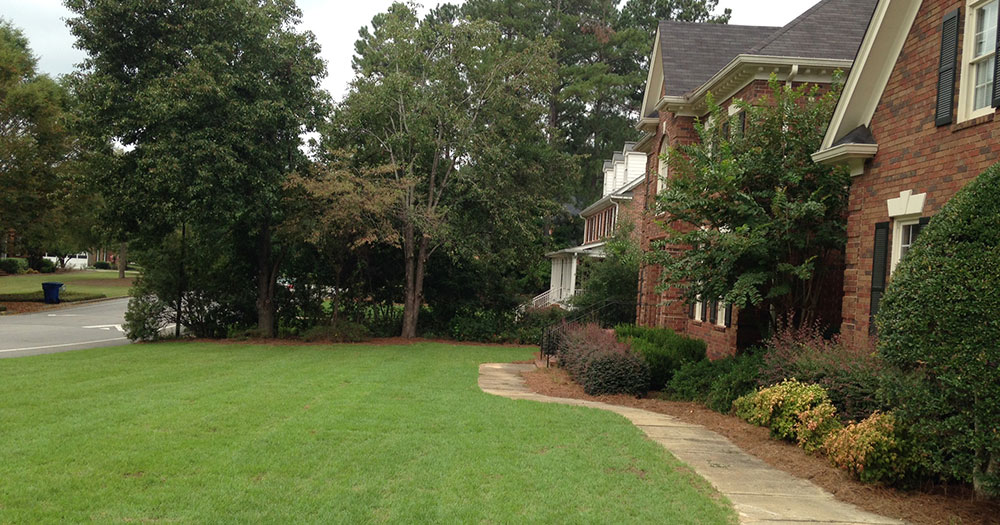Picture-Perfect Yard? Create Your Dream Outdoor Space With Experienced Professionals
Between the Edges is the CSRA’s premier lawn care and landscape company, servicing many commercial and residential properties.
- Augusta, GA
- Evans, GA
- Grovetown, GA
- North Augusta, SC
- Aiken, SC
Between the Edges is fully licensed, insured and bonded in Georgia and South Carolina, and is a member in good standing of the Better Business Bureau.
We have been in the lawn care and landscape design business since 1999, offering unique lawn care services designed especially for your property, as well as a wide variety of landscape design services for commercial and residential properties, including:
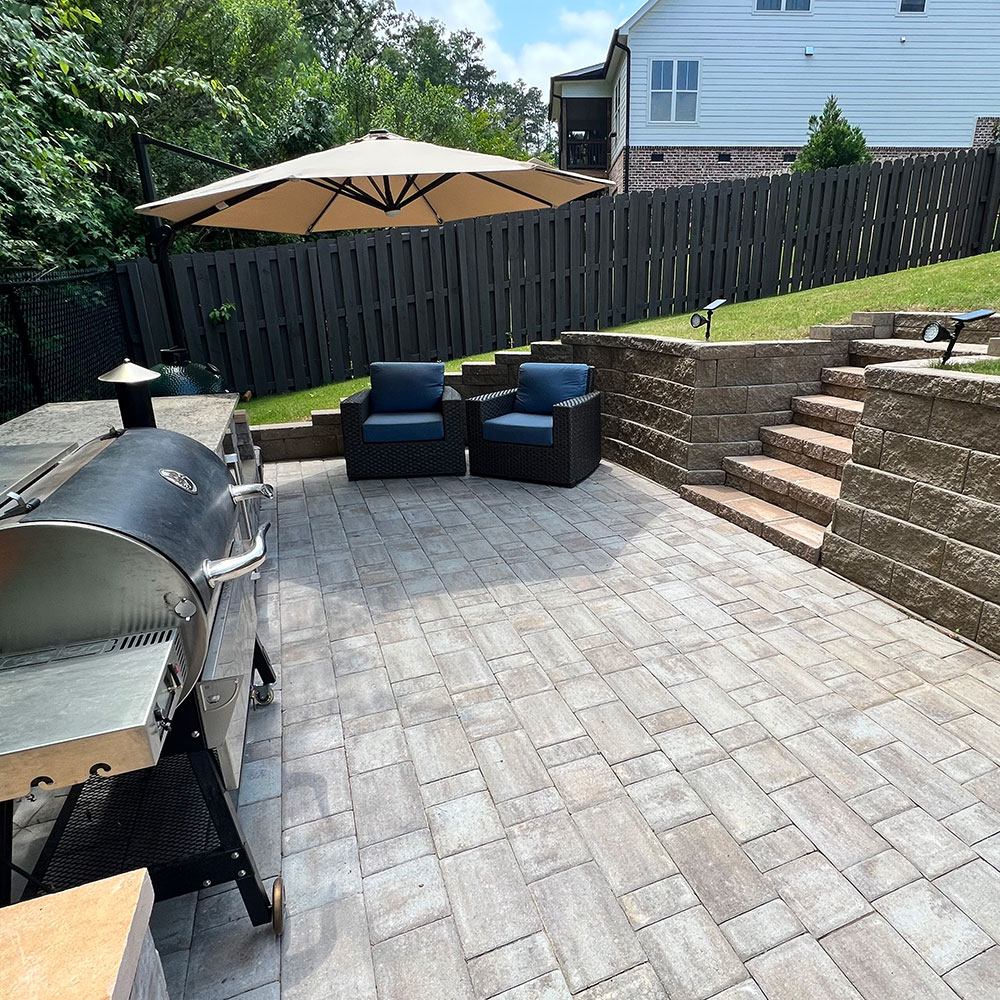
Hardscape Landscaping
Between the Edges has a design team available to help you with hardscaping your area today! Hardscape, in the practice of landscape, refers to the built environment including paved areas like sidewalks, walls, pools and fountains, and fireplaces and pits.
We feature these designs and more:
We are here to work with our clients from start to finish as they choose the right design to transform their outdoor oasis into a unique setting! Give us a call today at 803.278.1888 to discuss your perfect outdoor getaway.
Between The Edges is the best place to call for improvements to your outdoor living areas. Our team is here to provide you with many ideas and options to complete your dream backyard living area with a retaining wall that is engineered for your space.
Retaining wall systems and freestanding wall systems are powerful structures that should function as they are designed to and this only happens when composed and constructed by quality contractors. Retaining walls are designed to detain soil on unnatural slopes, bound soils between two different elevations or slopes or where the landscape needs to be redesigned for a purpose. Freestanding wall systems are used for aesthetic designs such as yard division, seating walls and decor.
For any questions you may have on the different wall types, call or email us today! Once we determine the wall best suited for your location, we will select the material that complements your taste and topography. With a vast variety of options available such as shapes, colors, textures and forms of retaining walls, we are sure to find what suits your property the best. Our mission is to provide our customers with the highest level of care and services at fair market competitive prices. Whether it is a simple or an elaborate idea, we will create it and make your design a reality!
A few types of retaining walls include:
Landscape Erosion Control
Erosion is when the particles in your soil are loosened due to an excessive amount of water that does not soak into the ground and carried off by runoff. This excess of water can wash off fertilizers, pesticides, sediment, etc. into your waterways, remove valuable topsoil, and cause flooding problems. All of this ends up downstream and eventually in our water supply which is a good reason why we should control it. Yard erosion can leave bare spots and scouring of your property. Proper landscaping can help lessen erosion, while adding value and functionality to your home or business.
Signs of erosion include:
Depending on your situation, the water can be diverted to:
In many instances, installing a French drain can divert water away without leaving your yard soggy or washed out and can save you from expensive repairs later. Our professional team can determine the nature of your drainage problem and provide a solution.
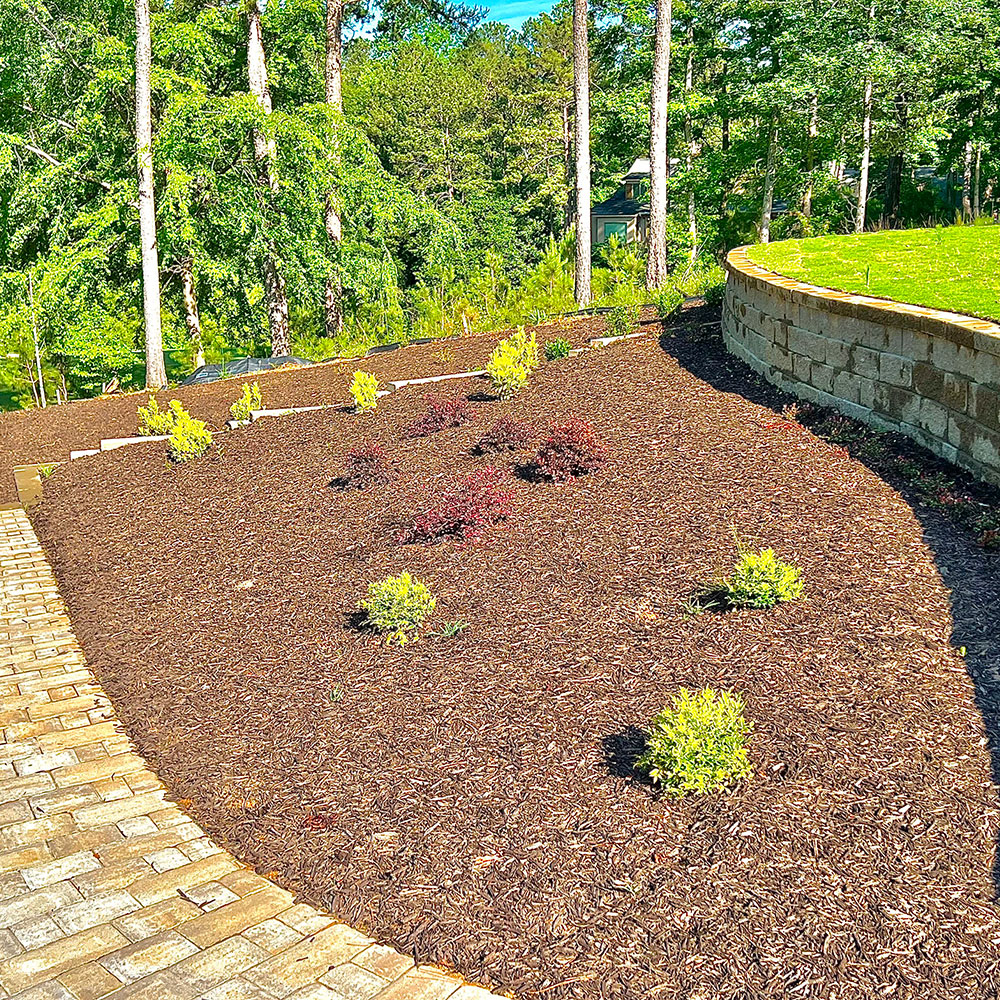
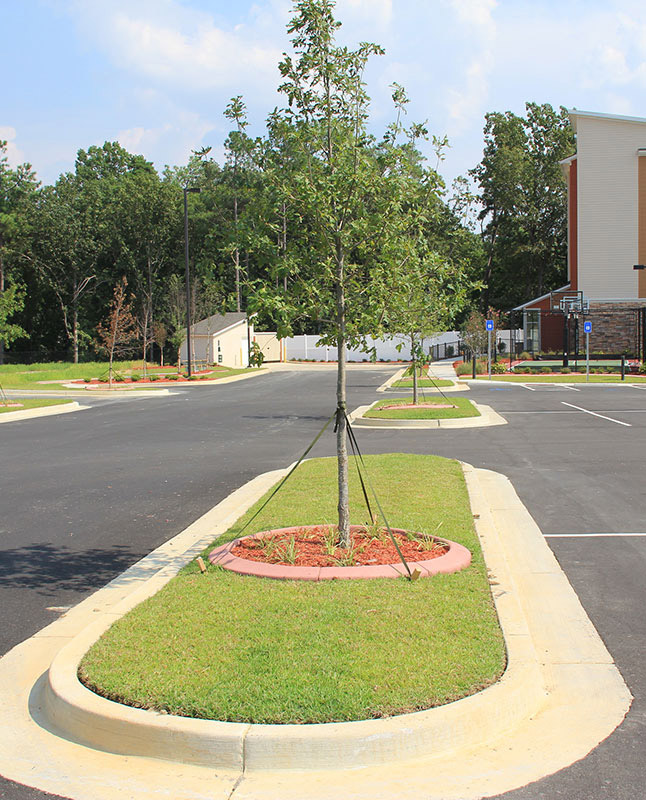
Sodding: Expert Sod Installation & Replacement
Sodding a lawn gives your home instant curb appeal. We offer sod installation or sod replacement for commercial and residential landscapes in Augusta, Evans, Martinez, & Grovetown, GA, and North Augusta & Aiken, SC. Sodding is also the only practical method for establishing some warm season turfs and acts as blankets to help hold soil in place from the start.
The lawn care professionals at Between the Edges prepare the soil bed using the same techniques that are used when seeding is done. This process will ensure that the sod is not just laying on the ground but that the roots are able to take hold firmly as they should. We can also make proper watering recommendations until roots are established, usually new seeding requires two to three weeks, in order to avoid overwatering.
We offer four types of grass:
Expert Sodding. Call Between The Edges Today.
Ready for a lawn that looks its best?
Experience the kind of care and respect you deserve. Between the Edges offers the CSRA’s best lawn care program. Our local service area includes Augusta, Evans, and Grovetown, GA, and North Augusta, Aiken and Edgefield, SC.
The grass really is greener on our side!

